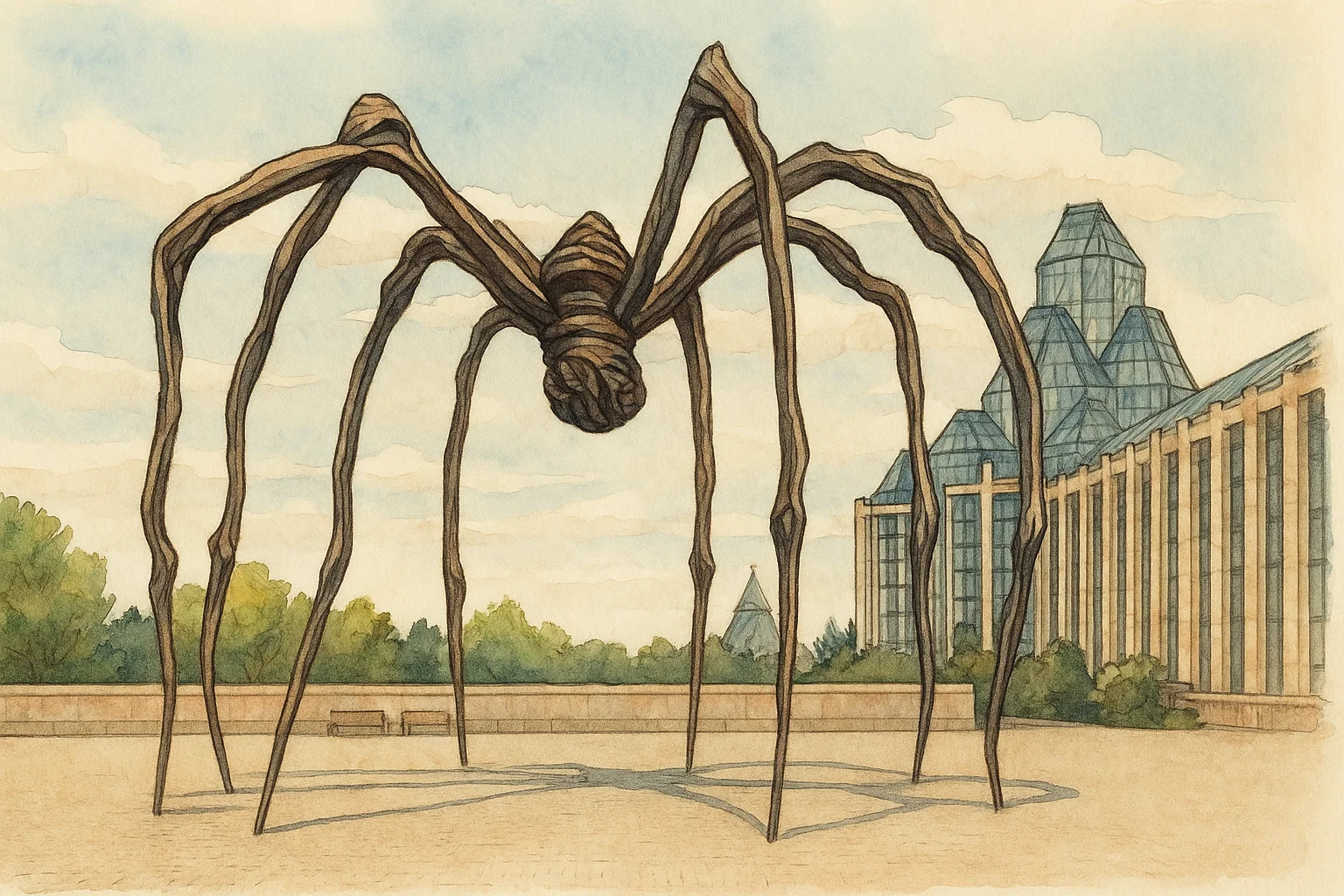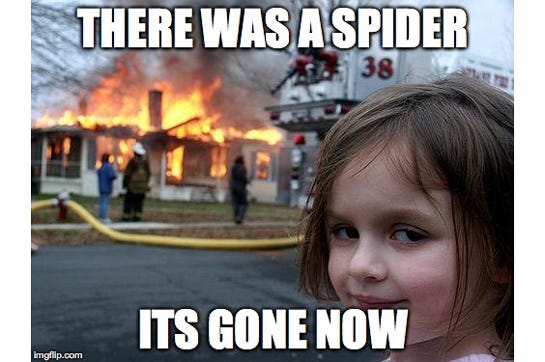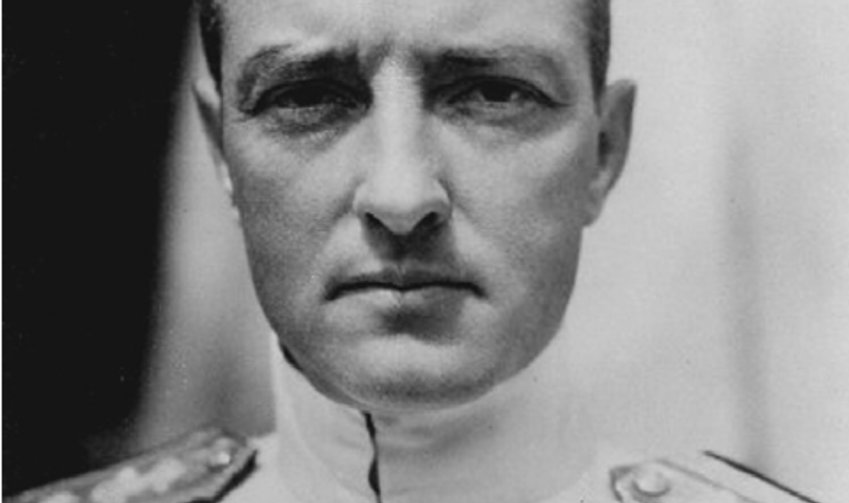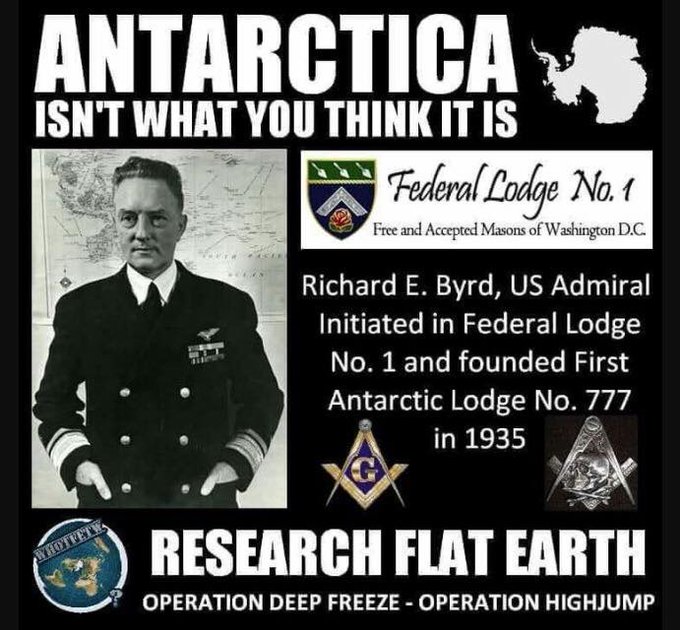Louise Bourgeois’ iconic sculpture, “Maman,” features a 30-foot (9-meter) high spider made of bronze, stainless steel, and marble. The sculpture was created in 1999 and has been exhibited in various locations around the world. The spider has eight spindly legs, a bulbous body, and two large, shiny marble eggs held in a mesh basket at its center. The title “Maman” means “Mother” in French, and the sculpture is intended to represent the artist’s own mother, who was a weaver and died when Bourgeois was just 21 years old.
Bourgeois‘ spider sculptures were inspired by her mother and her own experiences with spiders. She saw spiders as protective, nurturing creatures that also possessed a dangerous and frightening aspect. “Maman” is meant to embody these conflicting emotions and to explore the themes of motherhood, protection, and vulnerability. The sculpture has been interpreted in various ways, with some seeing it as a feminist symbol and others as a representation of the darker side of motherhood.
“Maman” has been exhibited in various locations around the world, including New York’s Rockefeller Center, the Tate Modern in London, and the National Gallery of Canada in Ottawa. The sculpture has become one of Bourgeois’ most famous works and has inspired numerous imitations and reinterpretations by other artists.
Exactly 9 months before Louise Bourgeois was born…

Her Serene Highness, The Princess Vilma Lwoff-Parlaghy unveils painting of philanthropist Frederick Towsend Martin during intimate showing in her Plaza Hotel suites.
It happened on March 29, 1911
Present: Capt. Feely, Griswold A. Thompson,
Featuring: Princess Vilma Lwoff-Parlaghy, Frederick Townsend Martin.
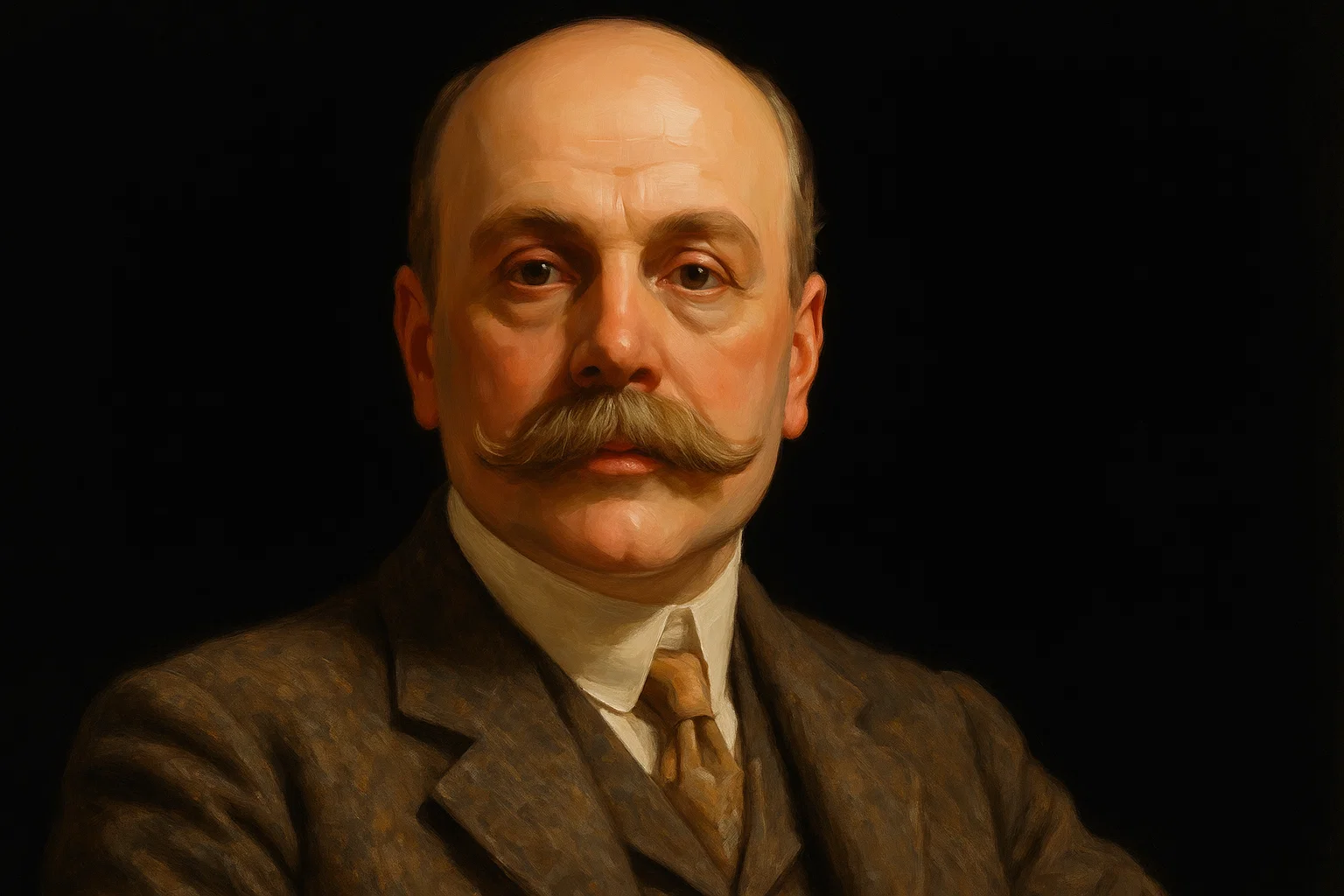
Born on December 06, 1849 (1849 - 1914) Frederick Townsend MartinThe Millionaire with a Mission - New York City writer, advocate for the poor, and an acknowledged leader of society in New York. |
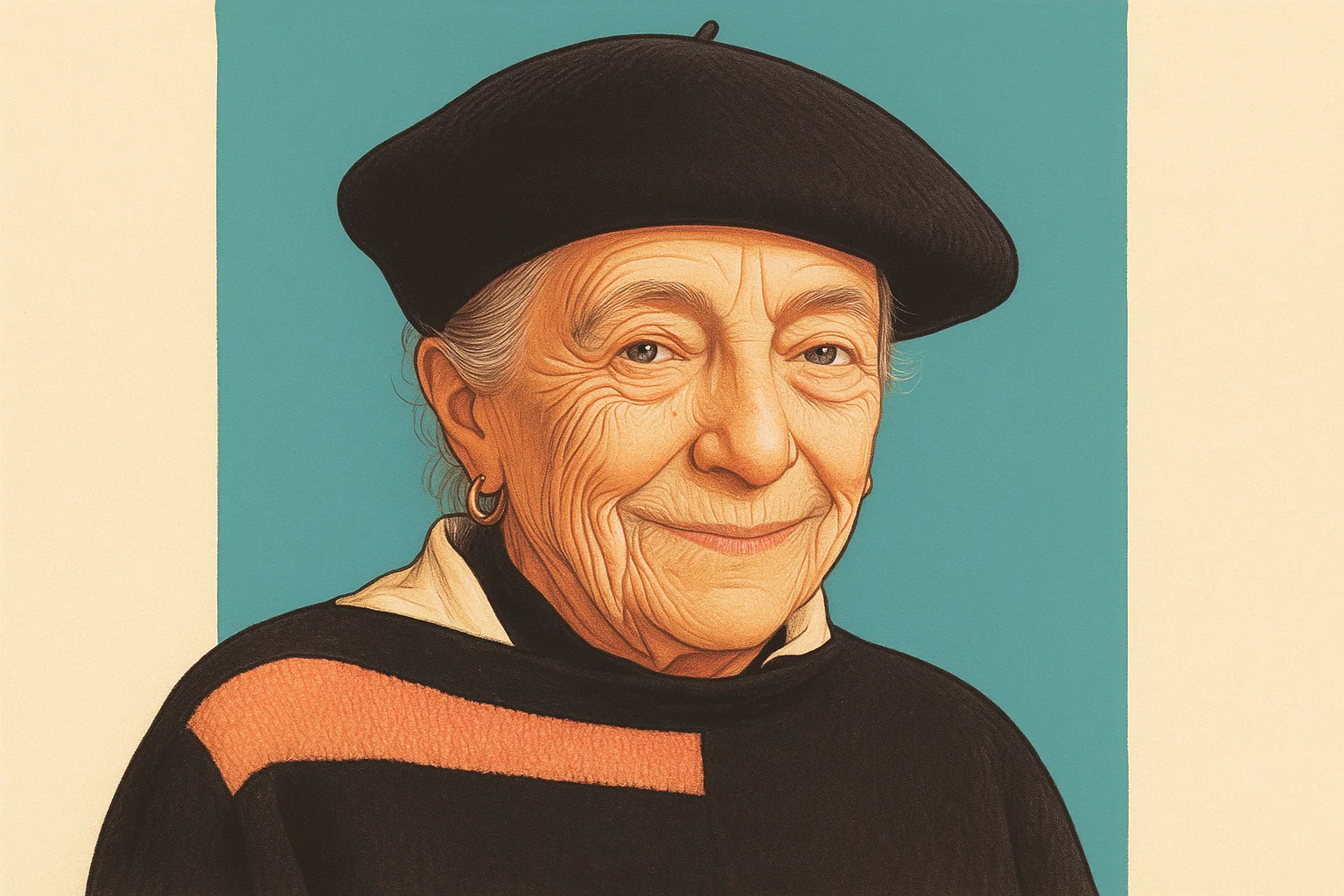
Born on December 25, 1911 (1911 - 2010) Louise BourgeoisFrench-American artist |
